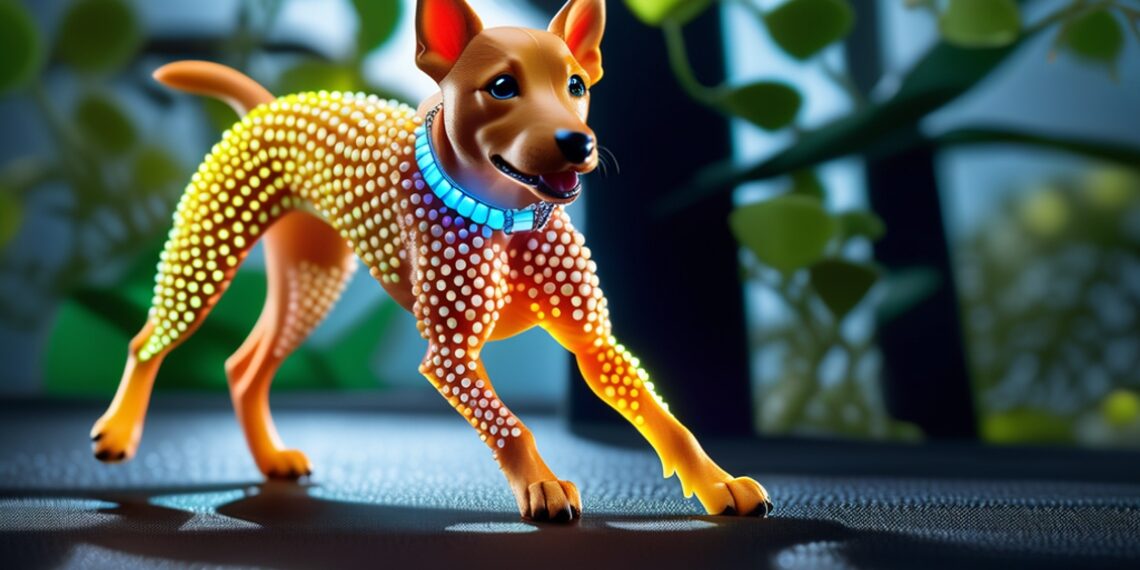Tracking movement in animals is an important aspect of understanding how the brain and body are connected. Traditional methods of observing movement have evolved to incorporate artificial intelligence (AI) techniques. However, training these models can still be slow and labor-intensive. A Salk Institute for Biological Studies team has developed a non-invasive method called GlowTrack, which uses small, dot-like fluorescent dye markers on animals to train AI. GlowTrack is efficient, high definition, and capable of tracking various body parts. The GlowTrack technique has implications in biology, robotics, medicine, and other motion capture fields.
The researchers explain that while AI tools have revolutionized behavior tracking in laboratories, their new approach enhances the versatility of these existing tools, resulting in a more refined capture of diverse animal movements. Better movement imaging has the potential to benefit any work that is dependent on motion capture techniques.
Current methods for tracking animal movement require manually marking and remarking parts of the body, a practice which is both time-consuming and error-prone. Human annotation or data limits the usage of these methods to specific testing environments. In contrast, by using fluorescent dye markers, researchers can overcome these current limitations. The robust data created by these dye markers can be fed into AI models more quickly and easily, allowing motion tracking in a wider range of environments, and with high resolution. This should allow better analysis and comparison of movement data between studies, thus increasing reproducibility in motion-based scientific experiments.
The research team says that fluorescent dye markers are an ideal solution for AI motion tracking. They can be easily and repeatedly activated and deactivated by turning on and off UV lights, so they can generate a large amount of accurate AI model training data. The researchers are excited about exploring the diverse applications of GlowTrack in combination with other motion tracking tools and data analysis methods.
The whytry.ai article you just read is a brief synopsis; the original article can be found here: Read the Full Article…





